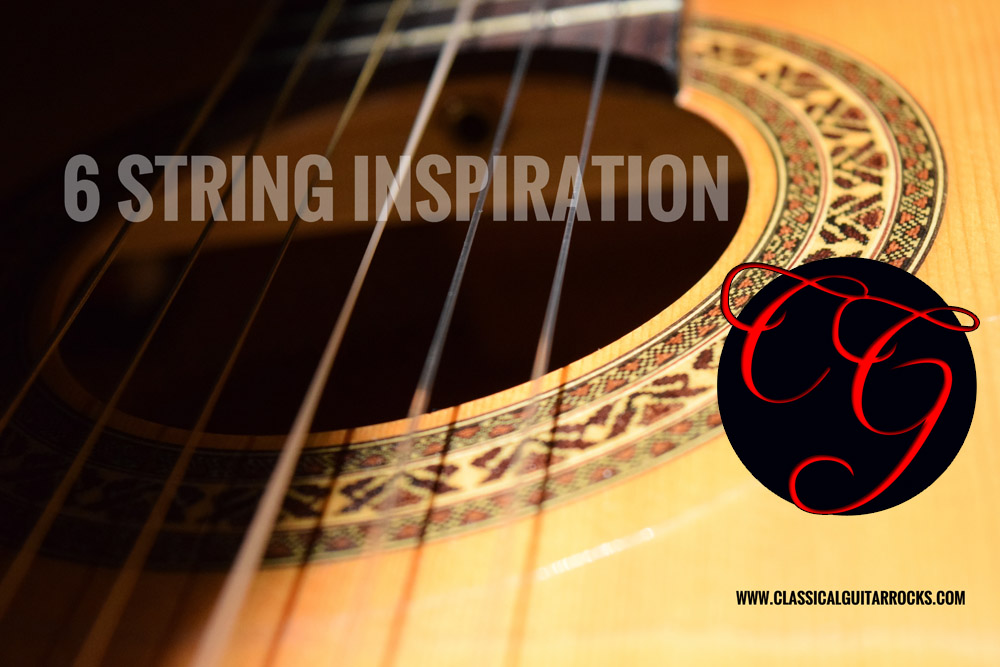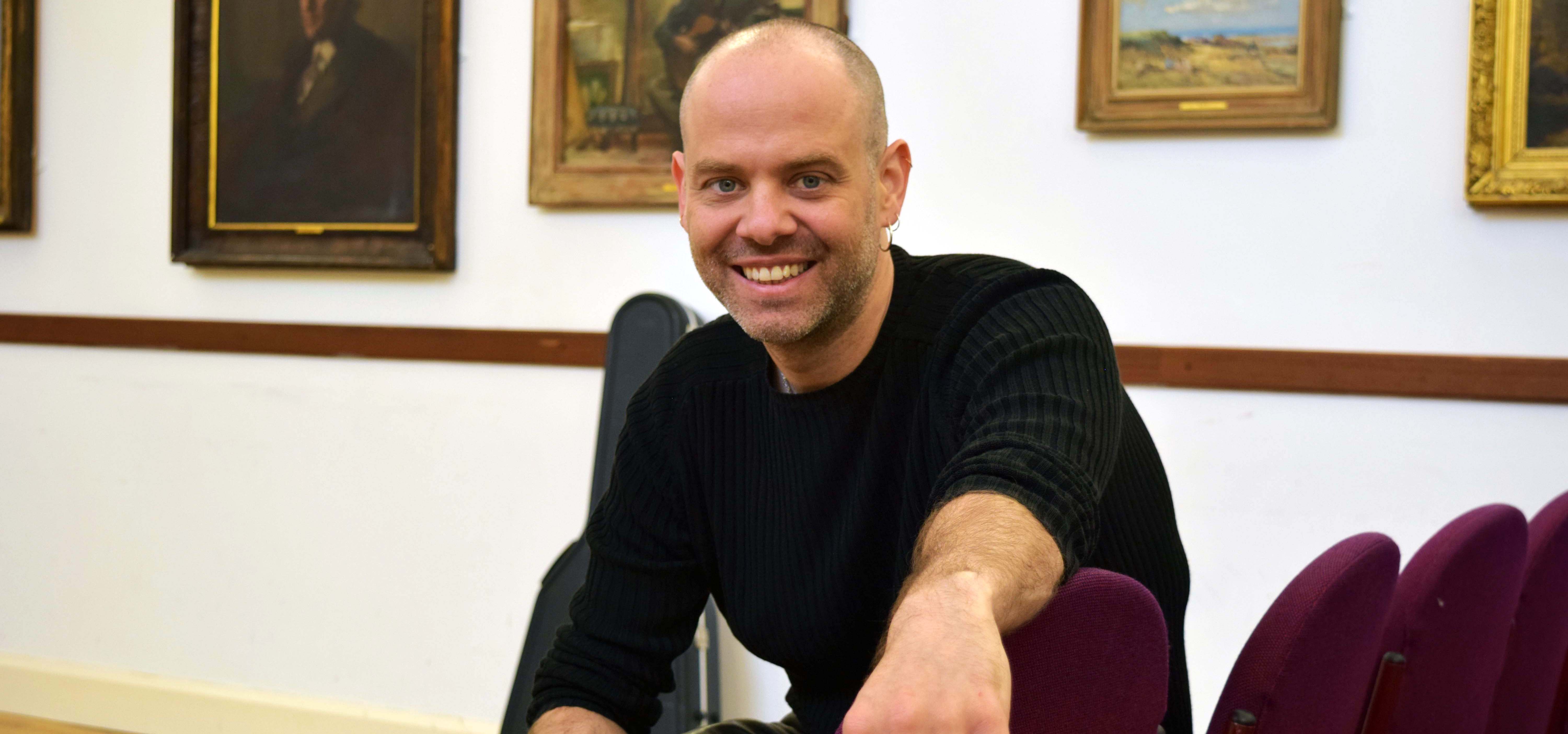
Micro Study 17 – Harmonized Guitar
Micro study 17 – harmonized guitar, is part of a series – #6stringinspiration – of short and sweet studies that target very specific musical bars or techniques. These are for those who have very little time and want huge gains from tight focused practice ideas.
Micro Study 17 – harmonized guitar
This is post will highlight how to integrate micro study 11, 12 & 13 together to help improve your playing. Specifically with playing in time and understanding how guitars can be harmonized. If you have not seen or played through these micro studies, check out the links below. These three are inspired by a small fragment of Rodrigo’s Concierto Madrigal for two guitars. Check out the awesome video of Duo Tamayo-Montesino playing this battleship live.(15 minutes in is where the inspiration for the idea of this lesson originates.)
Micro Studies for this lesson
KEY Strategy
Even rhythms with your internal clock
It is a series of ideas ( see above micro studies )b which are uilt off an idea borrowed from Joaquin Rodrigo’s Concierto Madrigal for two guitars. The idea floats down a single string with pull-offs every two beats. Aim for relaxed LH fingers, and do not rush the legato movement. The tone of the pull-off should even with the tone of the first note – the RH pluck. Remember that once you are up to speed you won’t have time to think about each individual finger movement so chunk the material up into beats and shifts.
Make sure your tone is even and that you are not anticipating the notes, or rushing the delivery. Try to cultivate an even sense of time within yourself. This will be practiced against the click, and the other guitar parts. The trick to playing in time is the ability to measure the space between the notes, they generally do not change much – especially if you are playing along to a metronome. The more you practice this skill, the better it will become.
Check out the this post on timing & the metronome (Micro Study 6). Get playing Samba with a metronome set to the 2 & 4 beats, and this sort of practice will really solidify your internal clock.
Other Info
Note: This study uses the G major/E minor scale, and therefore 90% of the notes are from the natural scale (there is only 1 sharp F#). This means this is an excellent exercise to help memorize the fretboard, as well as practice legato.
Secret
Active Listening
Active listening, as opposed to passive listening, is required here. This means you need to be focused on what the other parts are doing, and being aware of their time. Do they speed up? Do they slow down? Where are they on the beat? Where are they behind the beat? etc. This is active listening, and from it stems the ability to formulate and respond in your own performance. Active listening requires practice. Cultivate active listening everyday, and make it a part of your day. No matter where you are there are sounds, examine them, catalogue them, see if they are rhythmic, why? This then becomes a habit, and one which will inform your your guitar playing. You don’t need to practice music, with your instrument – it is inanimate! Your are the music.
(Passive listening is what other people do when plugging in a pair of head phones and letting the music take them away – no examination or interrogation of the sound at all)
Want More?
Click the link below if you want to get better and faster with your arpeggios.
Beginning of #6stringinspiration series link
Want the Dots?
Micro Study 11 12 & 13
Micro Study 17’s Inspiration

